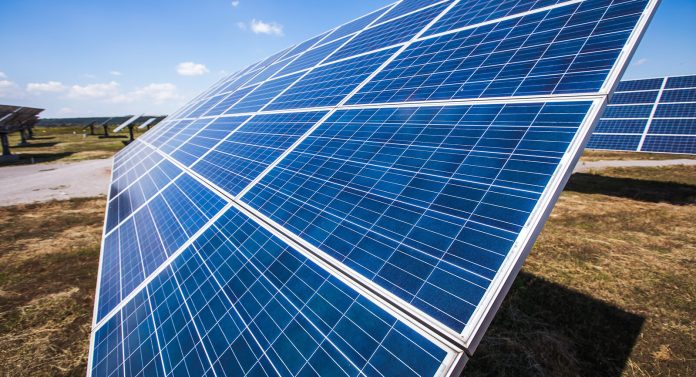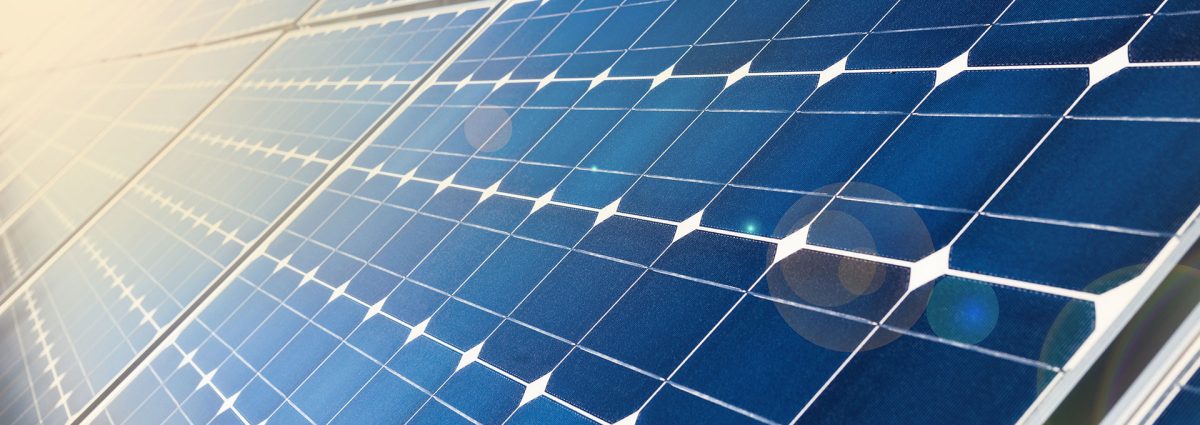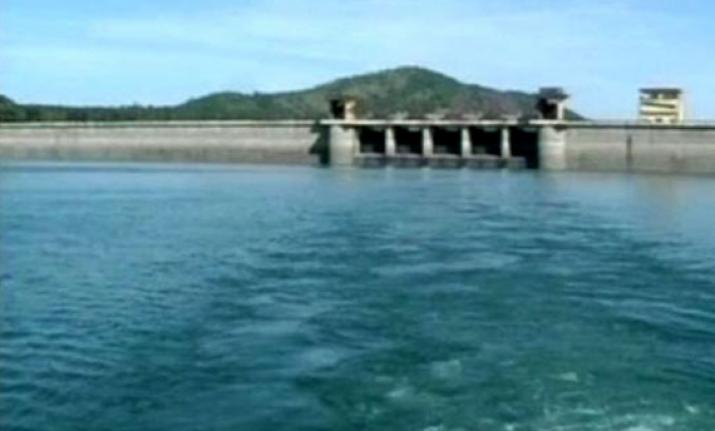
The government of Uganda has announced the completion of 24MW Kabulasoke solar power park which cost US $25m.
Great Lakes Africa Energy (GLAE) confirmed the reports and said Kabulasoke Solar Power Park, the first of its kind in the East Africa region, will greatly enhance Uganda’s renewable energy capacity. GLAE is part of a development consortium comprising Uganda’s Xsabo Power Limited which has been working to deliver the 24MW solar power park in conjunction with the Uganda Electricity Transmission Company Limited.
According to GLAE Director, Michael Kearns, the Commercial Operations Start Date (COD) for the project, was achieved on Sunday, 30th December 2018 and duly confirmed by (UETCL), as per terms of a 20-year Power Purchase Agreement (PPA) with the Government of the Republic of Uganda.
“With the achievement of a COD milestone, we are now ready to undertake the ceremonial commissioning of the largest solar power park in East and Central Africa at the earliest opportunity. The grid switching of the Kabulasoke project marks yet another milestone for GLAE alongside our other projects in Ndola Zambia and Rovuma in Mozambique,” said Kearns.
The pioneer solar module for the multimillion dollar pilot solar project that islocated on 120 acres, was laid on September last year by Vice President Edward Kiwanuka Ssekandi assisted by the CEO/managing Director Xsabo Group Dr. David Alobo, and other co-investment partners at Namulaba and Butiti villages, Kabulasoke sub county in Gomba district.
The solar power park, features Tier 1 poly crystalline solar modules with 17.6% efficiency, which is now highest in the Industry, ensuring a high energy yield. The engineering design for the project, also integrates a state of the art invertor plus power transformer solution to minimize energy losses. The GLAE Power plant design ensures less than 0.5%energy losses for the plant.
The Kabulasoke project, which is already connected to the national grid, Kearns said, will serve a population of more than 5million in rural Uganda, who currently rely on kerosene; while affording more than 21,000 tons of carbon savings.
More news
- CELEBRATING EXCELLENCE IN THE RESIDENTIAL PROPERTY SECTOR
- PART 4: GIBS PANEL DISCUSSES INTEMEDIATE CITIES ROLE IN AFRICA’S DEVELOPMENT
- EXPOSED AGGREGATE PAVERS COMPLEMENT NEW LIFESTYLE CENTRE
- GIBS PANEL EXPLORES ROLE OF INTERMEDIATE CITIES IN SA’S DEVELOPMENT PART 3
- CITI-CON’S CONCRETE KNOWLEDGE SUCCESSFULLY DEPLOYED ON NEW LANDMARK DEVELOPMENT





